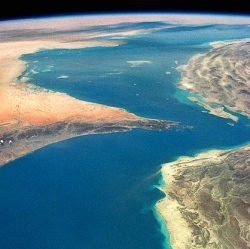
It’s a near miracle that the pilot, Peter Siebold survived the crash. After being thrown from the ship and blacking out, he came to, falling through the air and still strapped in his seat. Somehow he managed to unbuckle himself, which triggered his emergency parachute. His colleague and friend Mike Alsbury was killed.
Richard Branson is under pressure to prove his dream can still come true. At the Virgin Galactic launch in 2004, he told customers they could be floating 66 miles above the earth within three to four years.
A decade later, his radical plane has only made four powered flights, with heights well short of the 350,000 promised in the brochure. They’ve barely got above 70,000ft.
And there are still daunting technical hurdles to overcome, including working out which fuel will give them enough power. Sceptics have suggested flying could still be years away, and even some of its hopeful customers recently told the BBC that they were resigned to thinking it may never happen.
Virgin Galactic’s chief executive, George Whitesides comes with a stratospheric CV. Princeton, Cambridge, former chief of staff at Nasa. He commented:
"The vast majority of our customers, so about 98%, have been really terrific, very supportive. What we are doing is not easy, it’s an historic thing. What we are doing is opening up space to the rest of us. We are democratising space."
Whitesides claims that ‘paying customers could be up within 18 months to two years, maybe sooner, but not much longer, so not five years, for example.’
